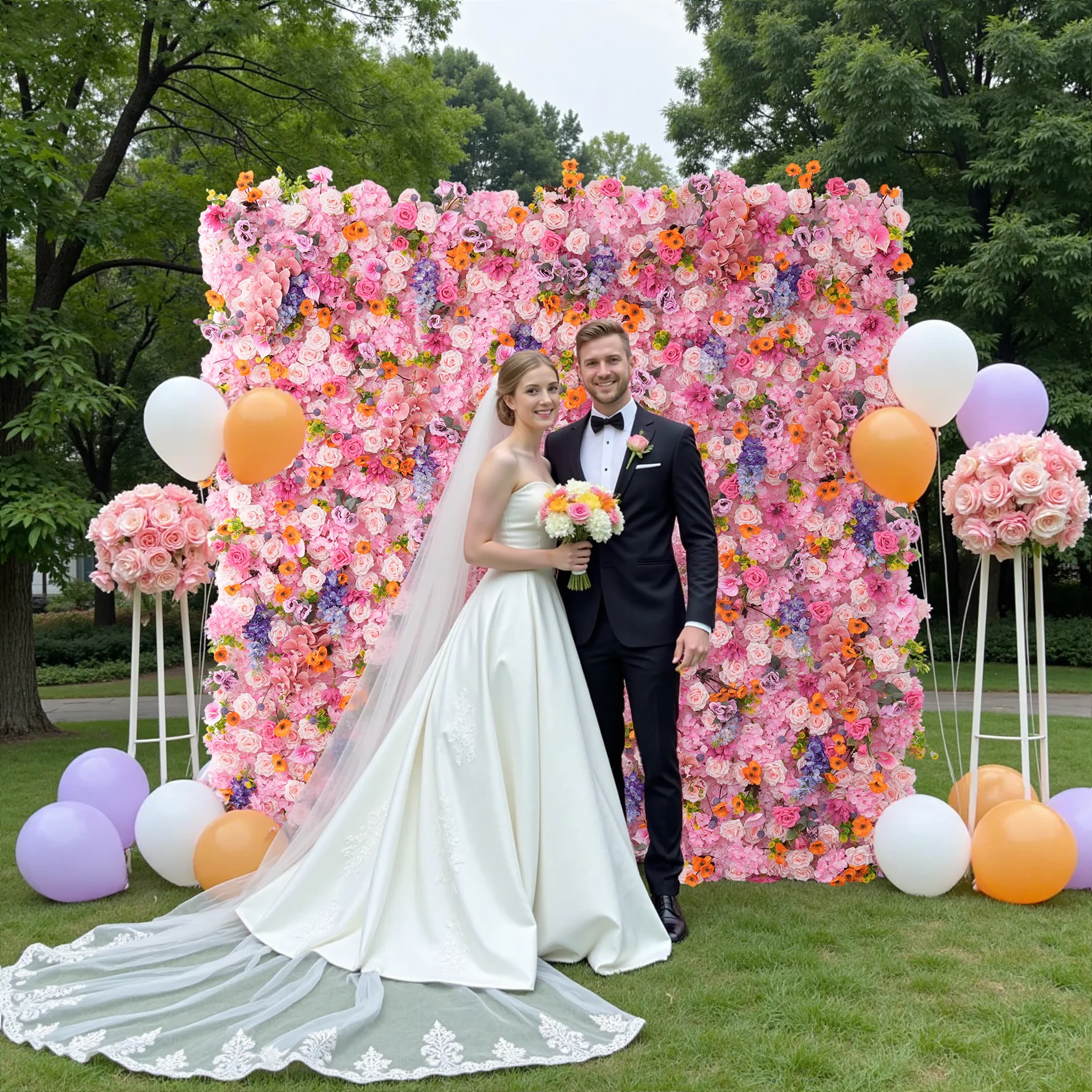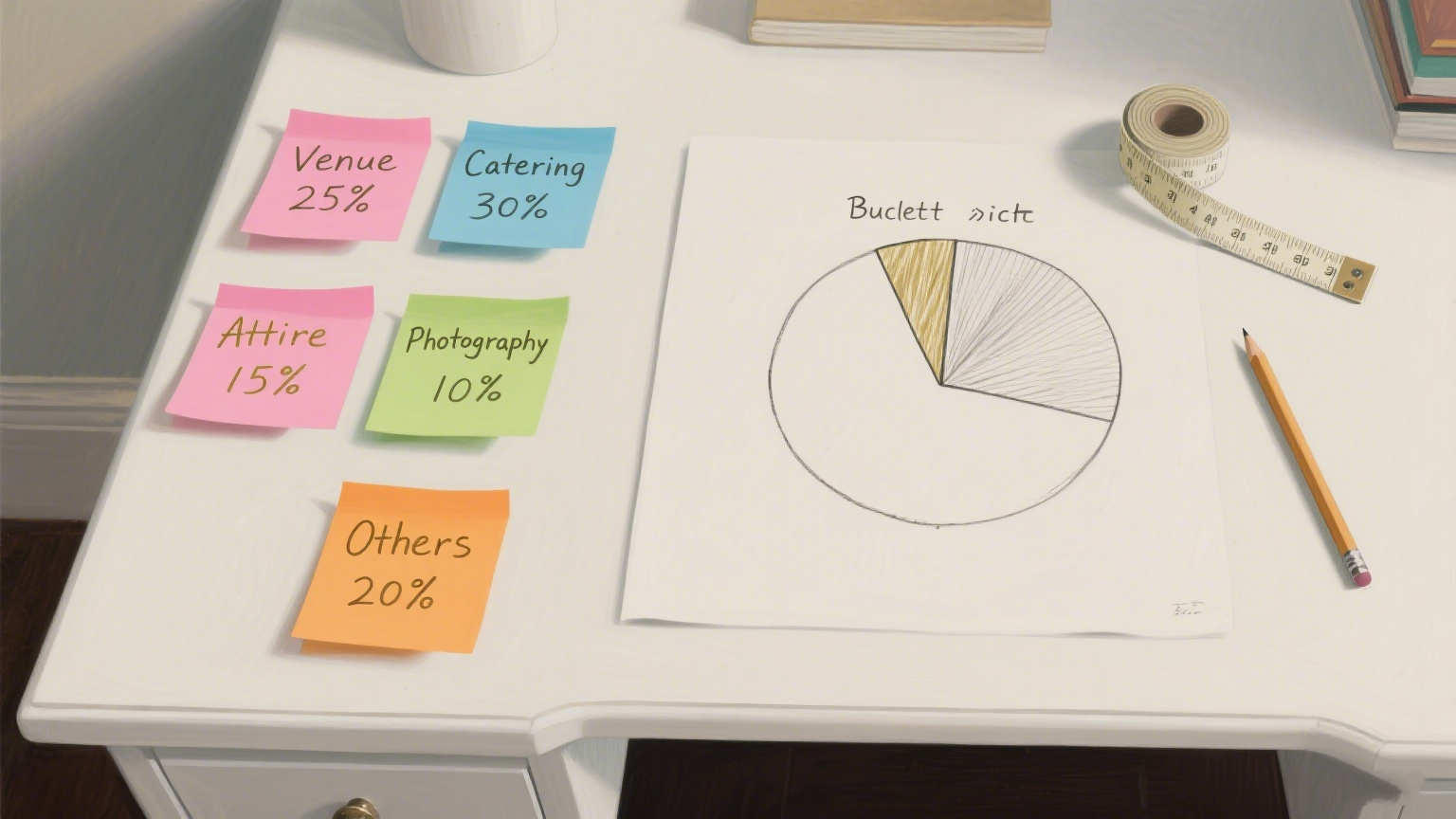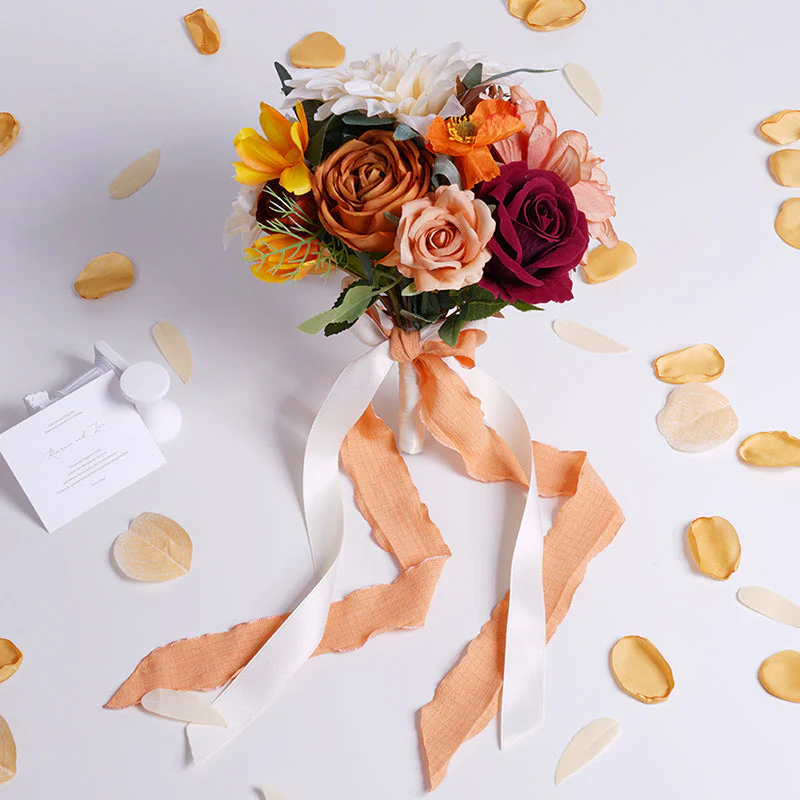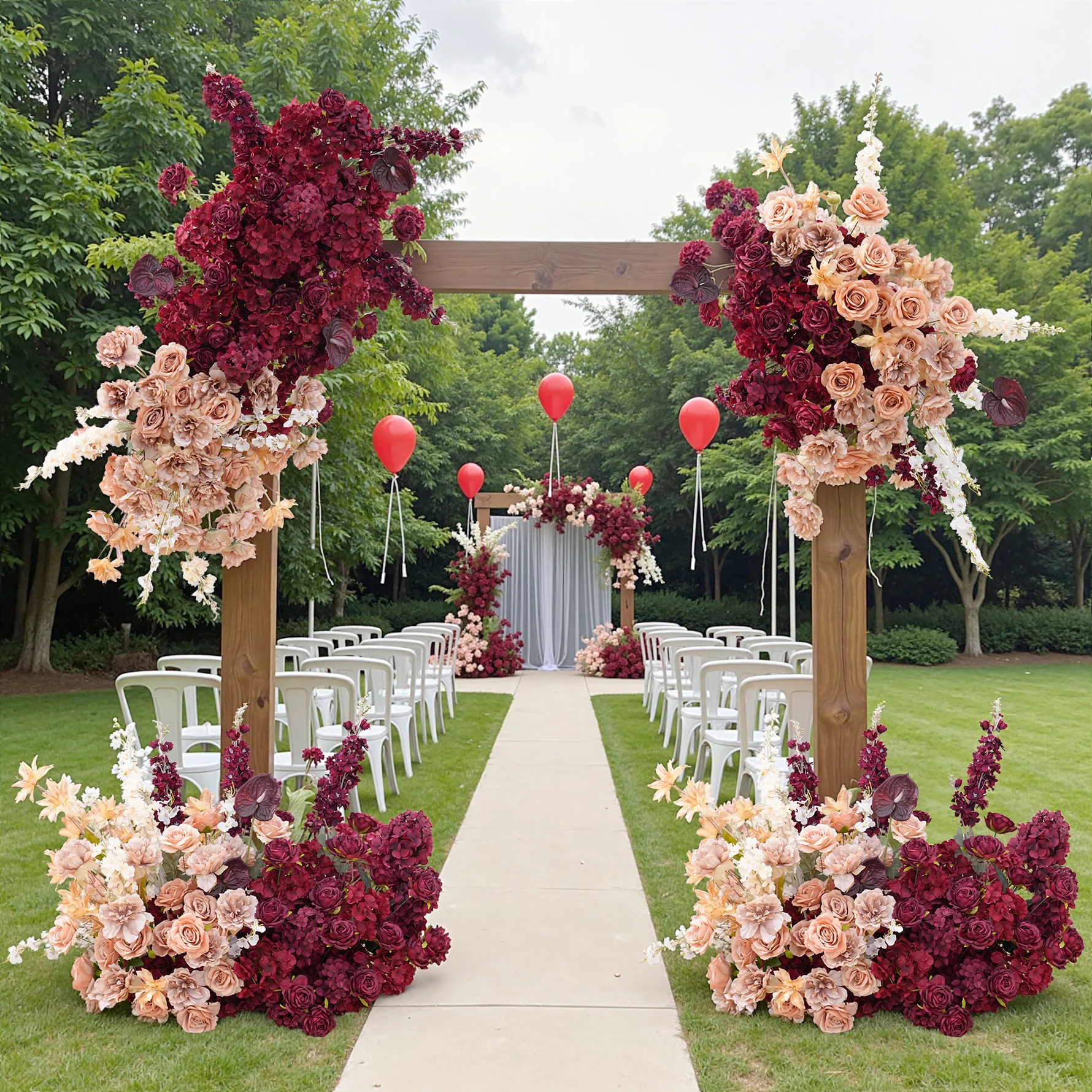A Guide to Wedding Costs:
Budgeting, Traditional Cost Bearers, Wedding Dress Costs, Minister's Fees and Flower cost
Wedding is a very meaningful and important ceremony in life, and every detail carries the couple's vision of a better life. But behind this romance and expectation, reasonable planning of expenses is a key part of the preparation process that cannot be avoided. From the development of the overall budget, to the traditional costs of the expenses borne by whom, to the cost of the wedding dress, the pastor's fees, as well as a wedding flowers actually need to invest in how much money, these issues are related to the smoothness of the wedding preparations or not. Next, we will sort out these points related to wedding expenses one by one to provide a clear reference for couples.
1.How to budget for a wedding?
In the early stages of planning your wedding, it is vital to create a detailed budget. Firstly, determine the total amount you can afford to spend, which needs to be agreed upon by both couples as well as family members who may provide financial support. Then, divide the budget into different items, such as venue, catering, dress, decorations, and staff costs. For each item, set an approximate range of amounts and set aside a 10-15 per cent reserve to cater for unforeseen circumstances. During the execution process, expenses should be controlled in strict accordance with the budget, and the expenses should be checked regularly to avoid overspending.
2.Who pays for what at a wedding traditionally?
Traditionally, there were certain conventions for bearing the costs of a wedding, but in the modern world, the pattern has become more flexible. Typically, the bride's family will bear the main costs such as venue rental, catering and decorations; the groom's family will be responsible for the honeymoon trip, pastor's fees, etc.; and the couple themselves will bear the costs of the wedding dress, rings, photography, and so on. However, many couples nowadays choose to share all the costs, or allocate them flexibly according to the financial situation of both families. It is important for the couple and both families to have frank communication and clarify their respective portions before preparation to avoid conflicts.
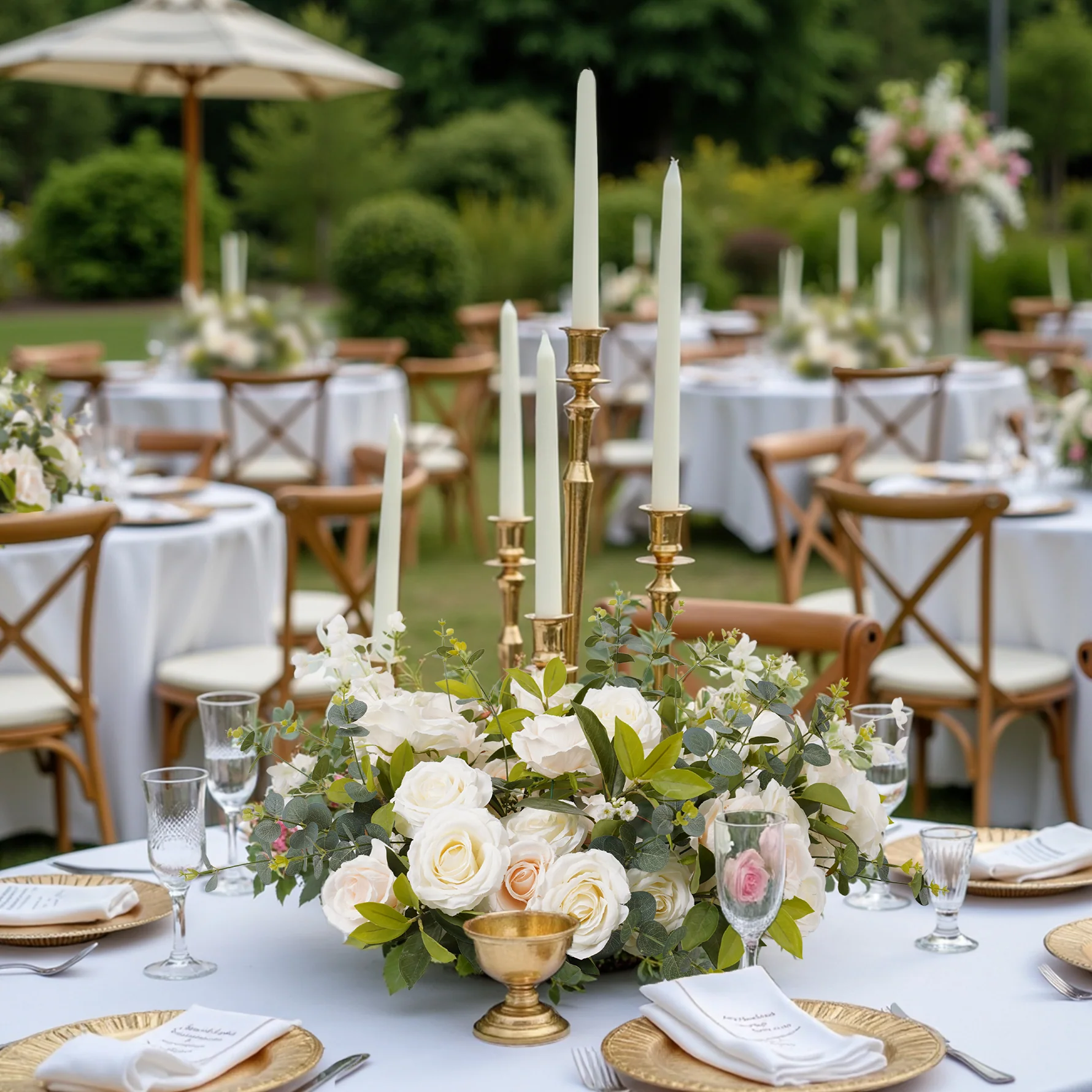
3.Who pays for the wedding gown?
here is also no fixed criteria for bearing the cost of the wedding dress, which can be determined on a case-by-case basis. Traditionally, the cost of the wedding dress is borne by the bride herself or the bride's family. However, nowadays, more and more couples will discuss the decision together, such as the bride and groom sharing the cost together, or arranging it according to the financial ability of both parties. If the budget is limited, you can also choose to rent a wedding dress, buy a second-hand wedding dress or choose a simple style of wedding dress to reduce this part of the expenditure.
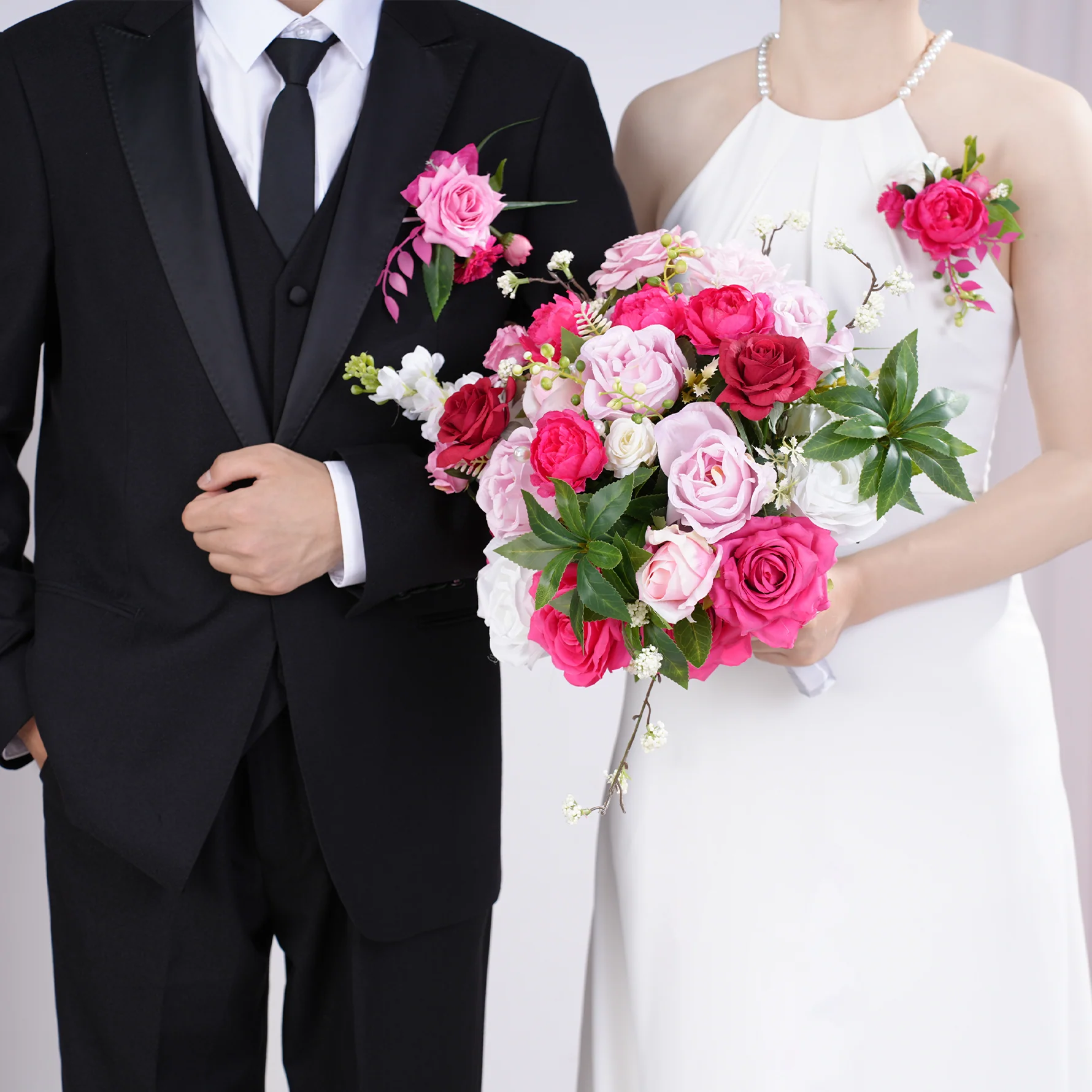
4.How much does a minister charge for a wedding?
In the case of weddings, there is a wide variation in the fees charged by ministers for officiating at weddings. When church members get married at their church, the cost of the minister's services is often included in the cost of the ceremony, and the ‘suggested donation’ is usually $250 - $1,000. Outside ministers hired by non-church members tend to cost $350 - $800 or more, with additional travel costs for transport and accommodation if the minister has to travel long distances.
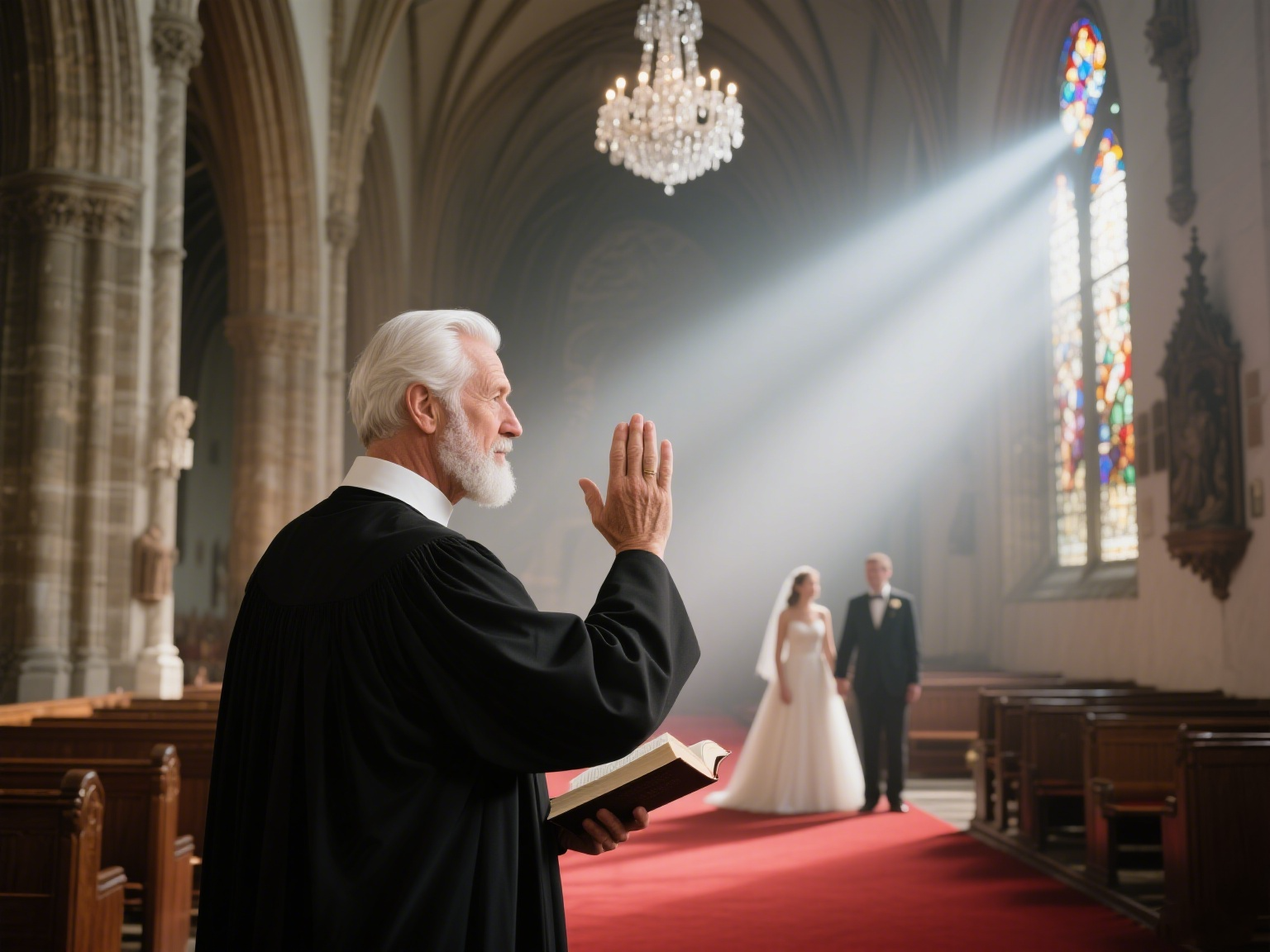
Choosing a non-religious civil official to officiate at a wedding at a venue outside of City Hall will cost approximately $250 - $500 for the ceremony, and an additional $25 - $50 or more may be charged for the initial consultation and wedding rehearsal. It is also possible to have a friend or family member become legally qualified to officiate through an organisation accredited by the Secretary of State's office (e.g., United Life Church of America, Fellowship Church of America), with Fellowship Church of America packages priced at $45 - $200, and the United Life Church of America free of charge, but accepting donations.
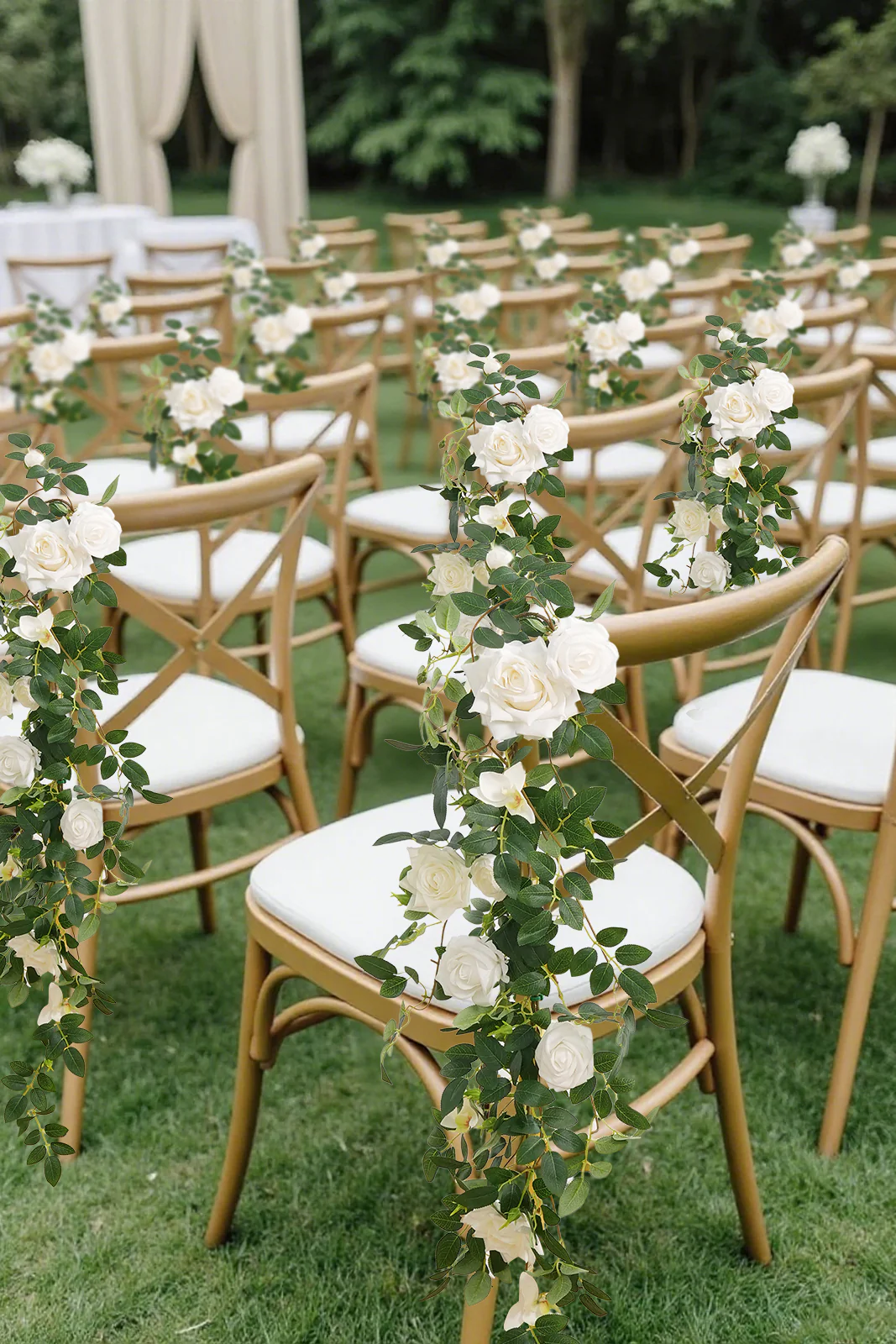
5.How much do flowers cost for a wedding ?
In the wedding decoration market, simulated flowers are favoured for their affordability and reusability. The price varies according to material, style, size and quantity. Ordinary bouquets of simulated flowers are priced between $20 - $100; decorative items such as bouquets and strings of simulated flowers are priced in the $50 - $200 range; and large-scale simulated floral arrangements can cost more than $300. For example, on some common home décor shopping platforms(Such as Angela Flower ), an average bouquet of simulated roses can cost around $20, while a decorative set with multiple simulated flower bulbs and strings can cost $150 or more. When purchased in bulk, merchants often offer discounts to further reduce costs. Not only do simulated flowers offer a significant price advantage over fresh flowers, but you can take them home with you after the wedding and continue to use them as home décor, so you get the best of both worlds.
A successful wedding is not dependent on the amount of money spent, but the love and care that goes into it. By understanding the method of budgeting, the traditional way of bearing the costs, the wedding dress and priest, as well as the use of flowers and other specific expenditures, couples can be more comfortable to plan the wedding expenses, so that every penny is used on the knife edge. We hope that the above can provide practical guidance for you who are preparing for your wedding, and wish you a perfect wedding of your own in reasonable planning, and open a new chapter of happiness.

